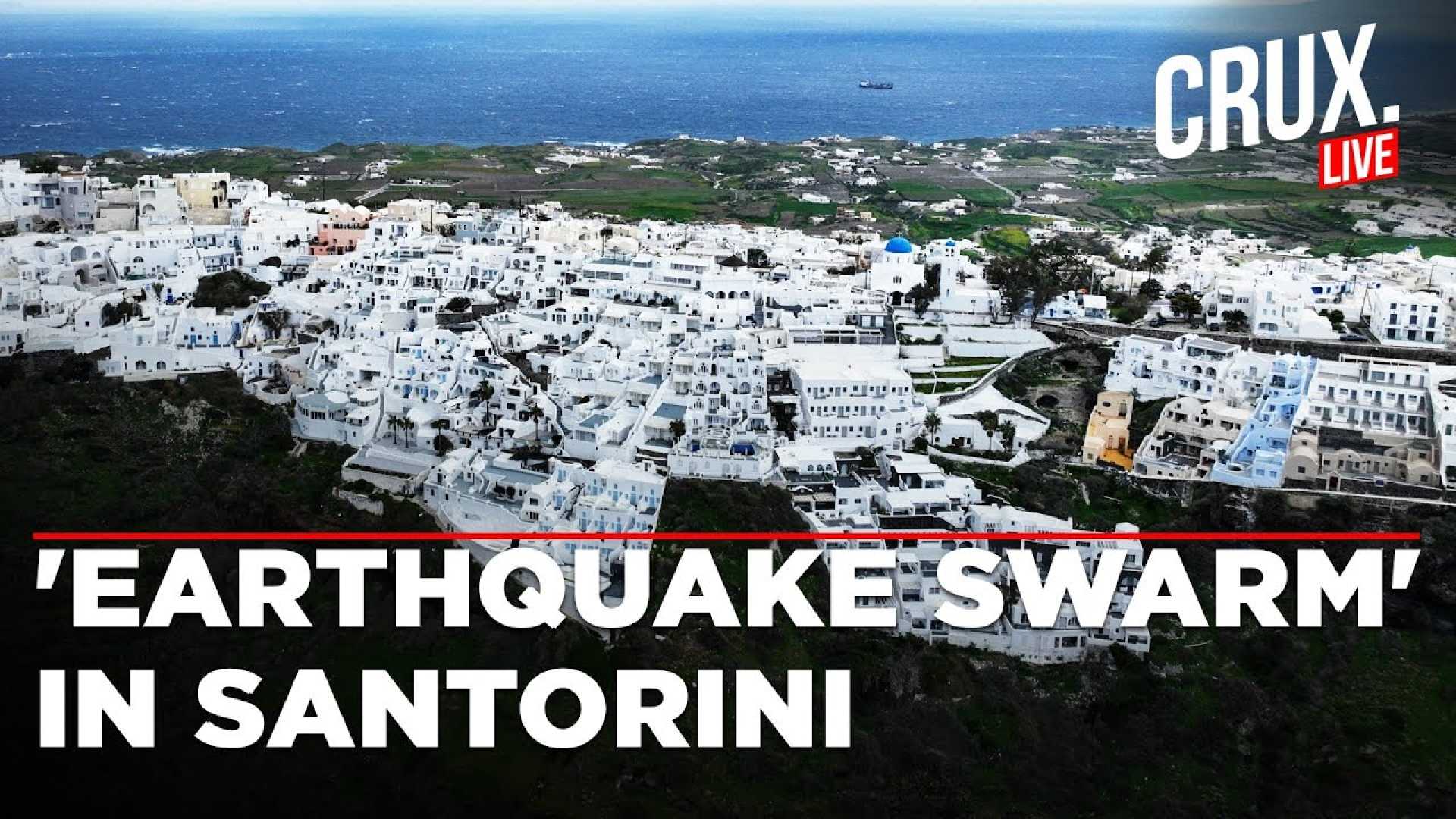World
State of Emergency Declared in Santorini Due to Ongoing Earthquakes

THIRA, Greece — A state of emergency was declared for Santorini on February 6, 2025, following significant seismic activity over the past ten days. The decision was announced by General Vasilis Papageorgiou, Secretary for Civil Protection, and will remain in effect until March 3. The strongest recorded earthquake of this sequence reached a magnitude of 5.2 on February 5.
Authorities reported that more than 10,000 residents and workers have been evacuated from the island, which is part of the South Aegean region. The ongoing tremors, with over 7,700 earthquakes logged since January 26, have caused heightened concern. “We are declaring a State of Civil Protection Emergency in the Municipality of Thera to respond to the emergency needs and manage the residual effects of the seismic activity,” the official statement declared.
On February 7, the National Observatory of Athens (NOA) recorded additional strong tremors measuring M4.8 and M4.2 earlier in the day. Seismologists note that the likelihood of a major quake exceeding M6.0 remains low but cannot be entirely dismissed. “A significant fault appears to have been activated,” stated Professor Manolis Skordilis from Aristotle University of Thessaloniki.
The recent seismic activity is concentrated near Kolumbo, an underwater volcano northeast of Santorini. The area has a history of volcanic eruptions, with significant events recorded as far back as 1650, when an eruption caused extensive destruction.
Ground deformation studies have indicated minimal uplift in the region, reminiscent of a similar seismic crisis from 2011 to 2012 that did not result in an eruption. However, experts have expressed mixed opinions regarding the current activity, with caution that deeper magmatic movements might be contributing to the seismic phenomena.
Professor Efthymios Lekkas, President of the Hellenic Organization for Earthquake Planning and Protection, indicated that while minor volcanic activity is possible, an eruption is not anticipated. Emergency response plans, Talos 2 and Enceladus 2, are in place, incorporating increased monitoring and response teams.
Authorities are also on alert for potential tsunami risks. The Israeli National Security Council met on February 5 to prepare for a possible tsunami effecting its coastline from strong underwater quakes in Greece. “Such a cluster could precede a major earthquake, but it’s also possible that activity could subside,” said geologist Ariel Heimann. The distance of approximately 1,200 km between Santorini and Israel means direct tremors are unlikely.
The UK Foreign Office has amended travel advisories, warning UK nationals to avoid crowded areas and hazardous terrains on the island. Due to the chaos, ferry operators and Aegean Airlines have expanded services to facilitate evacuation, with over 11,000 individuals reported to have left Santorini since last week.
Despite widespread residential evacuation, many report eerie scenes across the usually busy tourist destination—empty alleyways and shuttered shops. Locals have taken precautions to ensure safety by placing warning tapes around cliff areas and advising tourists to remain vigilant.
Experts remain engaged and continue to assess the seismic dynamics in the region. As studies progress, further updates are expected daily, according to authorities.
“Residents and visitors should stay calm and adhere to instructions from authorities,” emphasized Prime Minister Kyriakos Mitsotakis during a recent visit. “Preparation and vigilance are key.”












